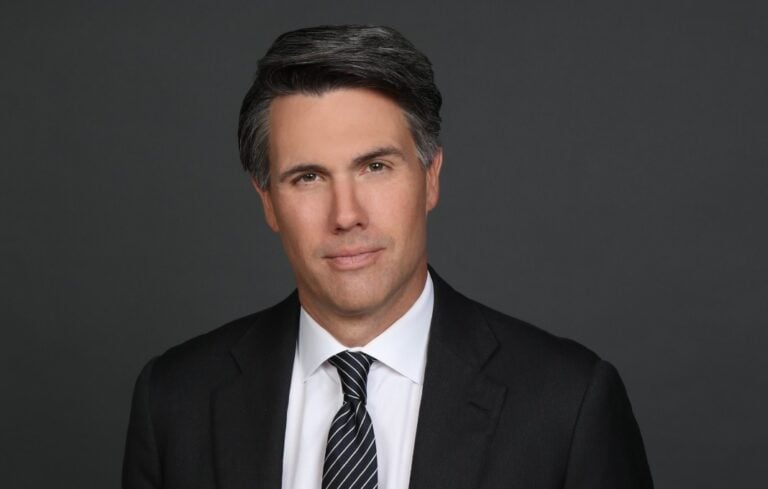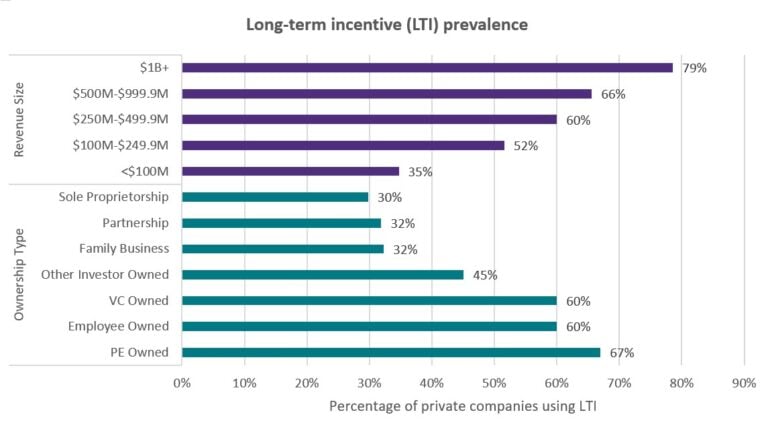
Over the past year, RHR International and Chief Executive Group have partnered on the publication of a series of articles entitled The Life Cycle of the CEO. (ChiefExecutive.net/tag/life-cycle-of-a-ceo). That series addresses five phases in the average tenure of a CEO, outlining the key tasks and challenges that must be managed for a successful term. On the other side of the ledger, however, are CEOs who are not successful and wind up leaving their organizations prematurely. This article will address the most common reasons that contribute to CEO failure in the hope that other CEOs can avoid this fate, which can have a devastatingly negative impact on all enterprise stakeholders.
While nearly every company will be faced with headwinds at one time or another, how CEOs deal with those headwinds will determine a board’s willingness to support the sailor in navigating the storm. Having assessed hundreds of CEOs and CEO succession candidates over the decades, my colleagues at RHR and I have seen repeated patterns in the psychological makeup and decision-making that drives the leadership behavior of CEOs who fail. Some of the derailing patterns include:
• Levels of arrogance and hubris that cause a leader to disregard feedback from others or the market about the need to change;
• An inability to make accurate evaluations of key talent or to replace leaders who lacked requisite capabilities fast enough (many of whom were former peers in the case of internal successors); and
• Failure to develop alignment and effective partnerships with their boards.
The number of CEOs who were dismissed in the last few years for improper conduct personally or by members of the organization is staggering. In 2005, Harry Levinson, the highly-lauded management psychologist, used the term “recrudescent narcissism” to describe situations in which an executive with a healthy amount of ego responds to the deference and obsequious behavior of others toward him or her. The combination results in those narcissistic leaders thinking that the rules and norms of society do not apply to them and they display egregiously poor judgment.
When executives are dismissed because of misconduct within the enterprises they lead, it is usually due to the leader not giving sufficient attention to the culture of the organization. These leaders often emphasize performance over methods. The message these leaders convey, subtly and not so subtly, is “you will be judged on the results you get, not how you get them.”
While each situation and CEO leader is unique, following the guidelines below will reduce the likelihood of an early departure and maximize the prospects for a full lifecycle:
• Know thyself. The best leaders have a high level of self-awareness with a good sense of both their strengths and weaknesses.
• Seek the counsel of others. While a healthy ego and a strong dose of self-confidence helps a CEO persevere in the face of adversity, maintaining humility and inviting the perspectives of others—whether board members or other stakeholders—are critical success factors and aids in shaping the best decisions and actions.
• Critically assess the talent you need to execute.
• Actively shape the culture of the organization you lead. Make sure you have ways to gauge that culture and ensure messages about values, methods, and expected results are fully received.
Remember, an unexamined organization is not worth leading, and an unexamined leader is not worth following.




0

1:00 - 5:00 pm
Over 70% of Executives Surveyed Agree: Many Strategic Planning Efforts Lack Systematic Approach Tips for Enhancing Your Strategic Planning Process
Executives expressed frustration with their current strategic planning process. Issues include:
Steve Rutan and Denise Harrison have put together an afternoon workshop that will provide the tools you need to address these concerns. They have worked with hundreds of executives to develop a systematic approach that will enable your team to make better decisions during strategic planning. Steve and Denise will walk you through exercises for prioritizing your lists and steps that will reset and reinvigorate your process. This will be a hands-on workshop that will enable you to think about your business as you use the tools that are being presented. If you are ready for a Strategic Planning tune-up, select this workshop in your registration form. The additional fee of $695 will be added to your total.

2:00 - 5:00 pm
Female leaders face the same issues all leaders do, but they often face additional challenges too. In this peer session, we will facilitate a discussion of best practices and how to overcome common barriers to help women leaders be more effective within and outside their organizations.
Limited space available.

10:30 - 5:00 pm
General’s Retreat at Hermitage Golf Course
Sponsored by UBS
General’s Retreat, built in 1986 with architect Gary Roger Baird, has been voted the “Best Golf Course in Nashville” and is a “must play” when visiting the Nashville, Tennessee area. With the beautiful setting along the Cumberland River, golfers of all capabilities will thoroughly enjoy the golf, scenery and hospitality.
The golf outing fee includes transportation to and from the hotel, greens/cart fees, use of practice facilities, and boxed lunch. The bus will leave the hotel at 10:30 am for a noon shotgun start and return to the hotel after the cocktail reception following the completion of the round.